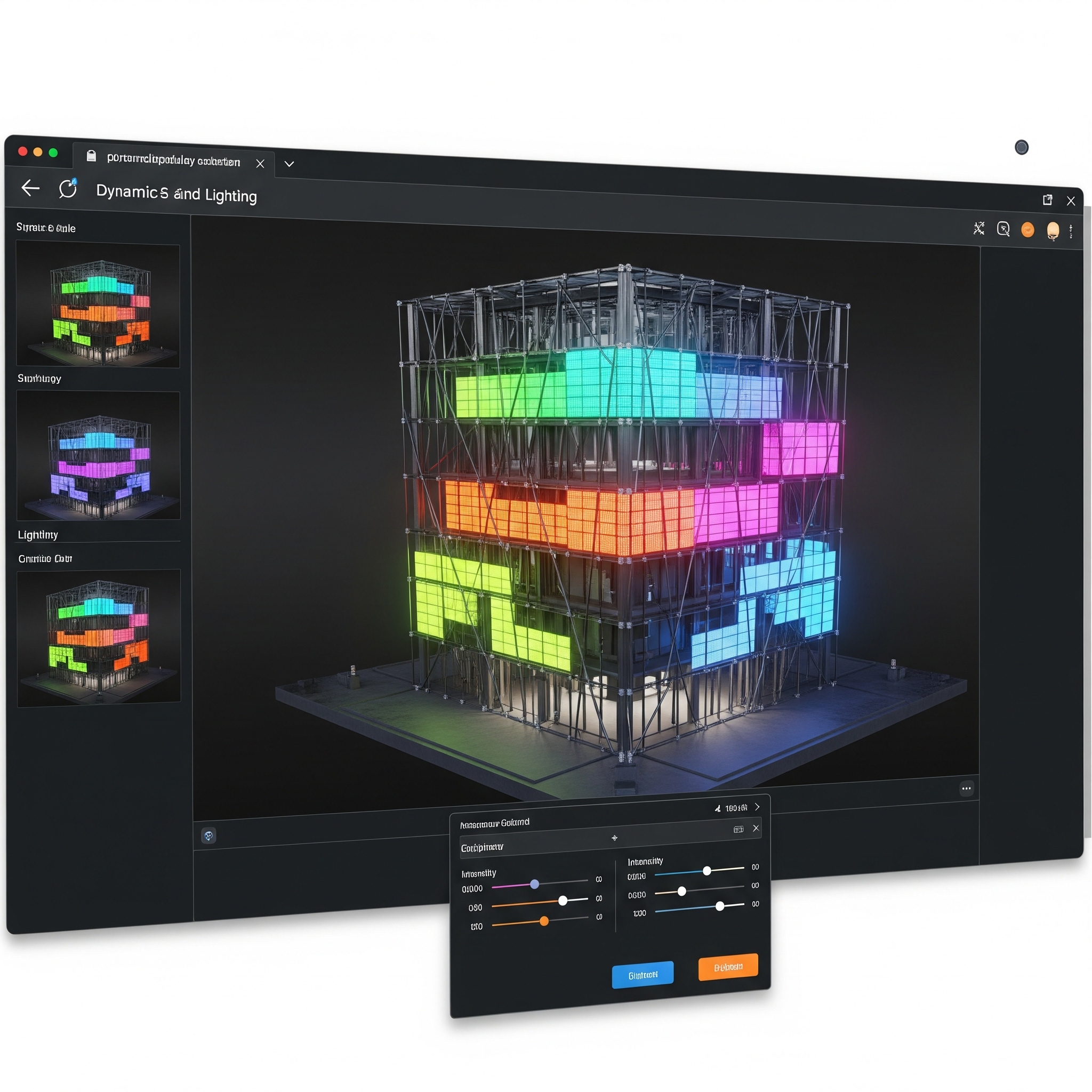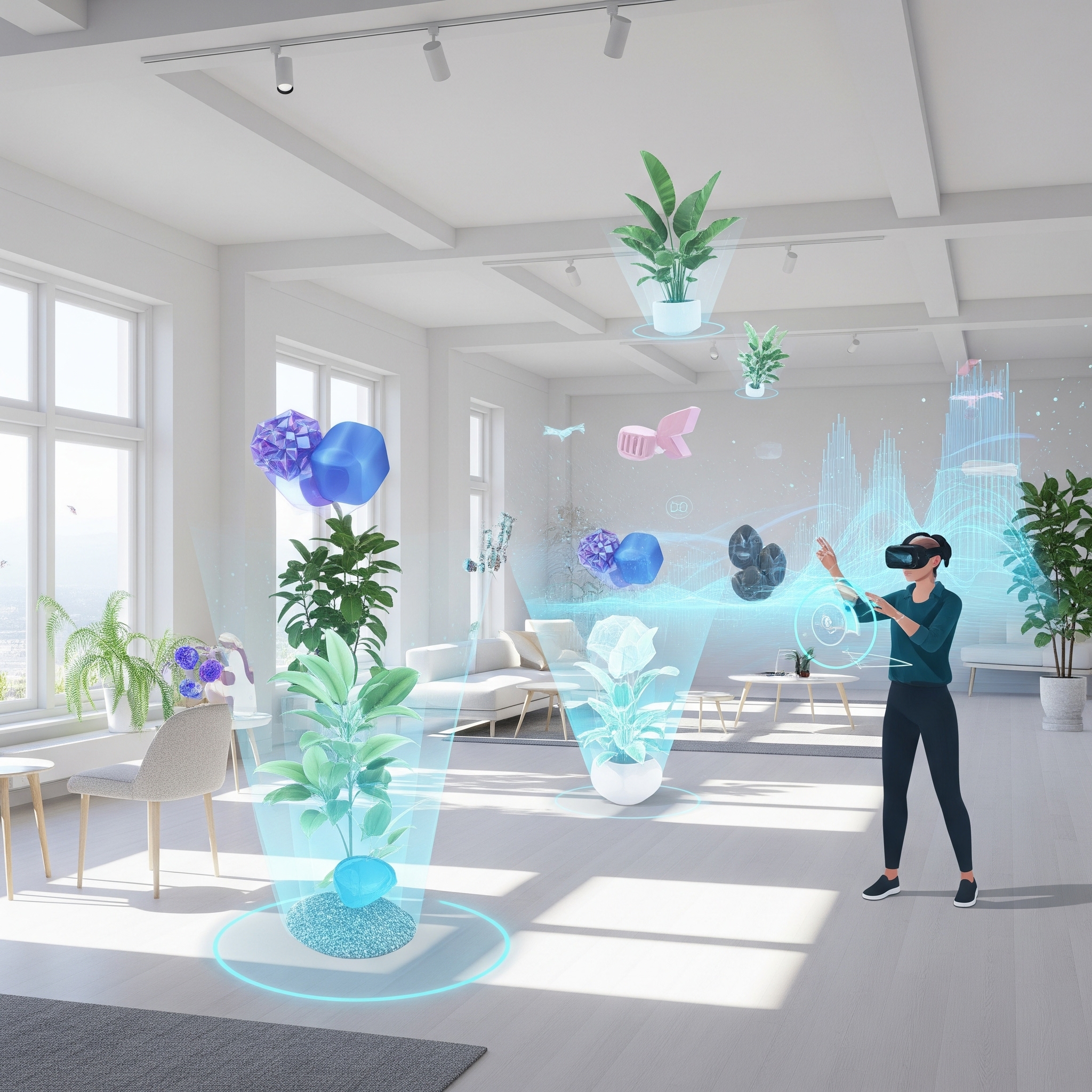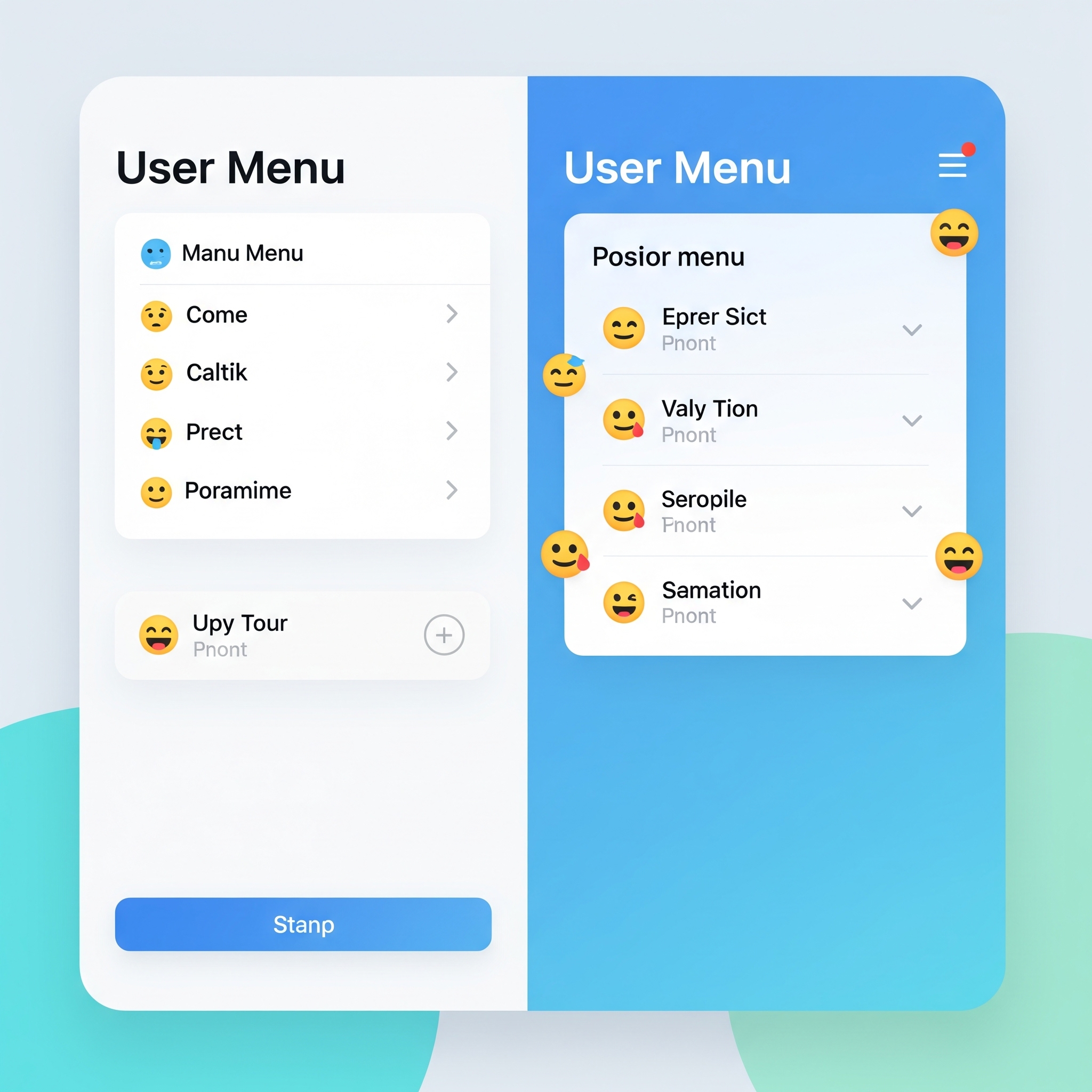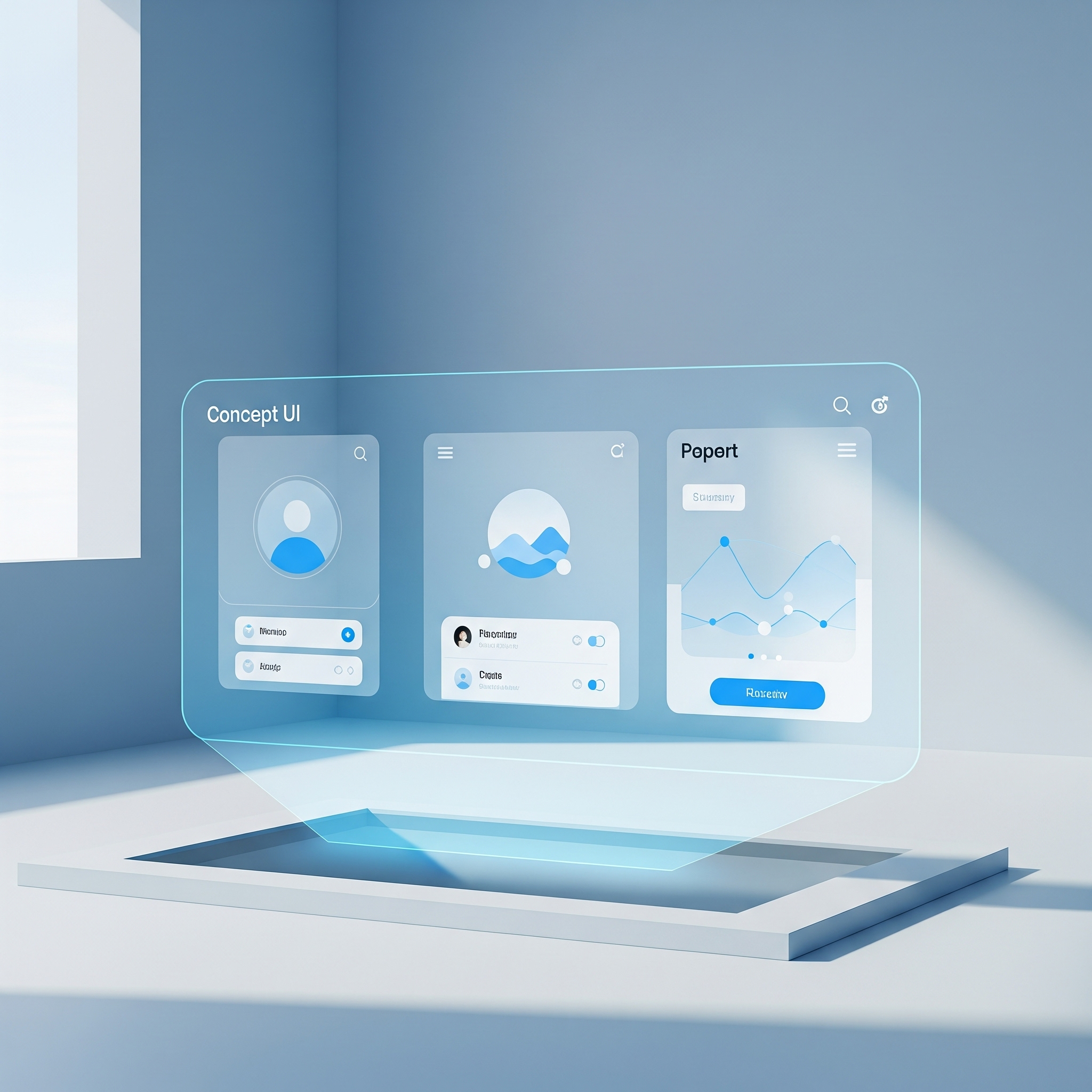2025-6-3
In 2025, the realm of user interface design is evolving to deliver more immersive, adaptive, and intuitive experiences. As technology continues to advance, designers and developers push the boundaries of creativity, implementing tools that enhance both functionality and aesthetics. This article delves into key tools and technologies that are shaping UI trends in 2025, offering a window into the next generation of digital interfaces.
Interactive 3D elements have transcended their role as mere decorative features, becoming integral to user engagement. These dynamic components offer immersive storytelling opportunities and a heightened level of realism, inviting users to explore content through captivating interactions. Leveraging technologies like WebGL and VR, interactive 3D not only enhances visual appeal but also boosts user engagement and retention.

Artificial intelligence is revolutionizing UI design by introducing AI-generated interfaces that adapt on-the-fly. Leveraging AI, tools like Google's NotebookLM transform static content into interactive materials such as flashcards and podcasts. Furthermore, the integration of elements like gradient styles signifies AI interactions, enhancing user trust and experience through transparency and aesthetics.

Skeuomorphism, known for integrating realistic designs into digital interfaces, is making a comeback. This modern iteration blends subtle cues from the physical world with minimalist flat design principles, creating interfaces that are both familiar and aesthetically engaging. The reintroduction of depth and texture in UI elements enhances user satisfaction by offering a tactile and immersive experience.

Spatial design enriches user engagement by blending digital content with physical environments, paving the way for mixed reality experiences. Technologies like Apple’s Vision Pro are spearheading this movement, enabling intuitive multi-tasking and virtual interactions across various sectors, including healthcare and education. By organizing digital information in three-dimensional space, users experience enhanced productivity and engagement.

The blend of text and emoji has emerged as a dynamic trend in UI design, harnessing the visual language of emojis to convey emotion and intention. This combination creates interfaces that are not only more engaging but also cross cultural and language barriers effortlessly. Emojis add a layer of expressiveness that traditional text can't achieve alone, making communication within digital interfaces more vibrant and tailored to modern user interactions.

Progressive blur techniques are redefining visual transitions in UI design by creating a soft focus that gradually enhances the clarity of elements in view. This method not only guides user transitions seamlessly through digital experiences but also adds to the aesthetic appeal of the interface. Unlike traditional, static blur methods, progressive blurs offer a dynamic way to focus user attention on active content while providing a natural visual flow. This thoughtful application of blur not only increases readability but also smooths the interaction process.

Bento Grids are prominent in modern UI layouts, celebrated for their capacity to organize complex content while maintaining simplicity and balance. Inspired by the Japanese lunch box, these grids are defined by their ability to adjust easily across various devices, preserving the interface's integrity from desktops to mobiles. This adaptability is accompanied by clean, orderly space allocation within the interface, which is especially crucial for efficiently managing varied content types ranging from text to multimedia widgets.

Metal shaders are revolutionizing graphics through their ability to render complex visual effects with high efficiency. Utilized in Apple's Metal framework, they bring rich realism to interfaces by supporting tasks such as detailed reflections and dynamic lighting directly on the GPU. Optimized for both iOS and macOS, these shaders are not just about aesthetics; they play a crucial role in maintaining performance, even in the most demanding graphical applications. Developers continue to explore custom shaders that enhance user experience without sacrificing speed or power.

Zero-UI design exemplifies the move towards a more intuitive and seamless user experience by prioritizing gesture and voice-based interactions over traditional visual controls. Particularly beneficial in AR and voice-activated environments, this approach allows users to interact with technology naturally and efficiently, minimizing interface clutter. This trend not only reduces the cognitive load experienced by users but also enriches engagement through more human-centered interaction paradigms.

Looking ahead, UI design will continue to embrace innovations that blur the lines between digital and physical worlds. Zero-UI, a trend focusing on voice and gesture-based interactions without visible controls, promises a seamless user experience. As interfaces become more intuitive, embracing emerging technologies will be critical to meeting user demands and maintaining engagement.

The evolution of UI design in 2025 emphasizes a paradigm shift toward immersive, adaptive, and user-centric digital experiences. Leveraging cutting-edge technologies such as interactive 3D, AI-driven interfaces, modern skeuomorphism, spatial design, and zero-UI principles, designers and developers are crafting interfaces that transcend traditional boundaries. These innovations cater to functionality, aesthetics, and user engagement, providing a robust foundation for future digital interactions.